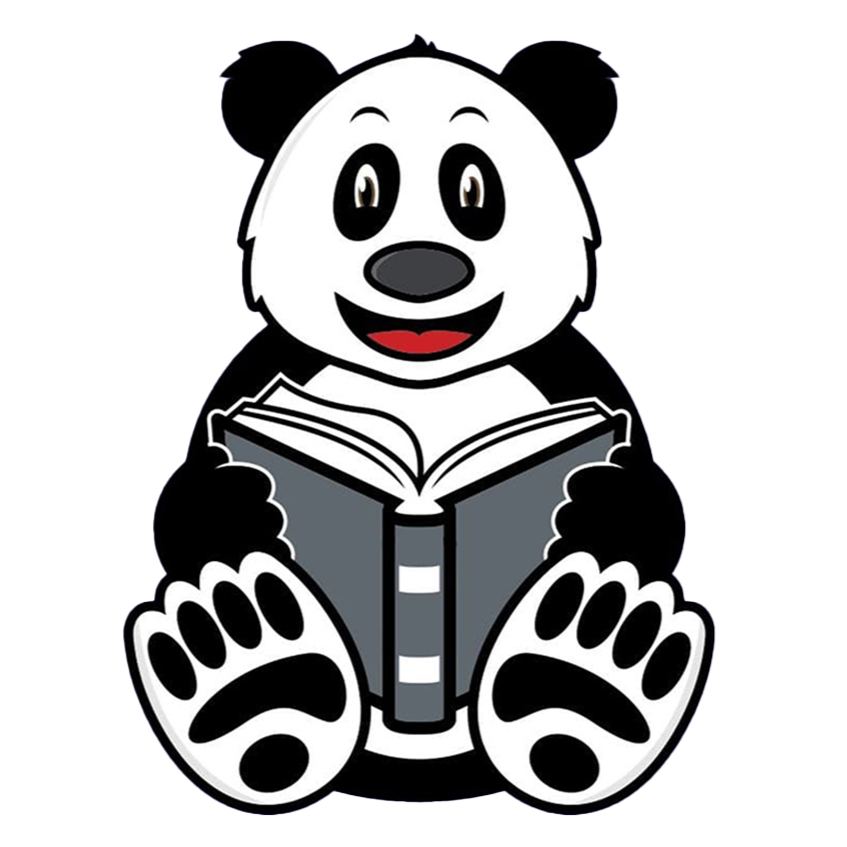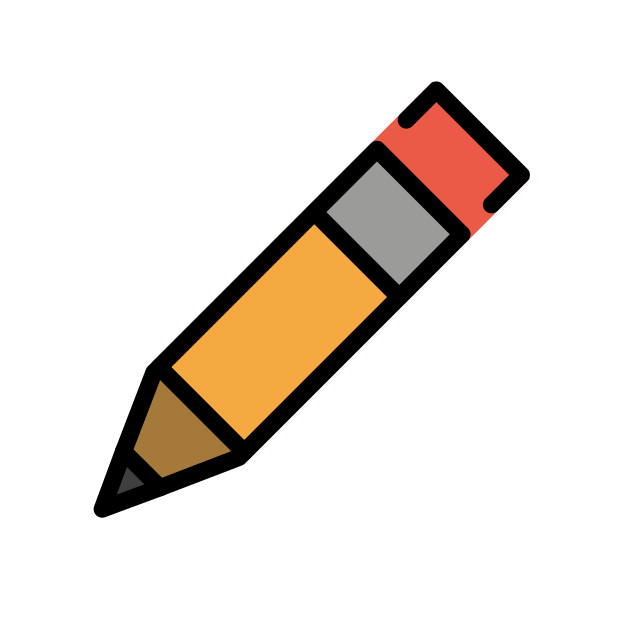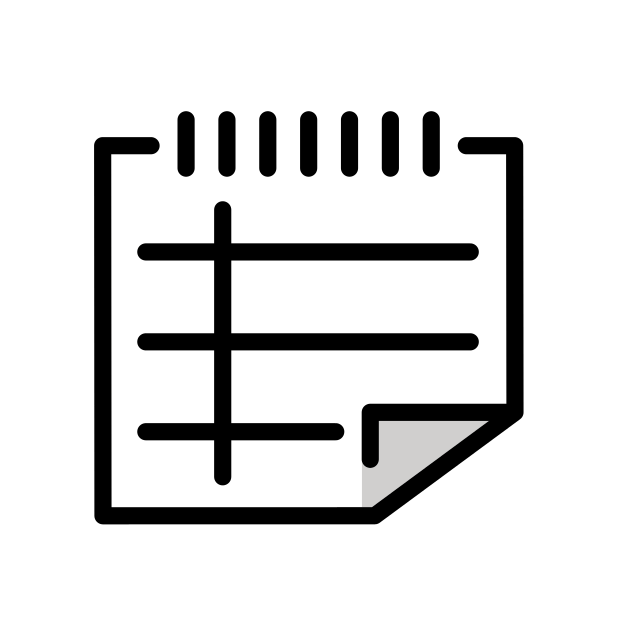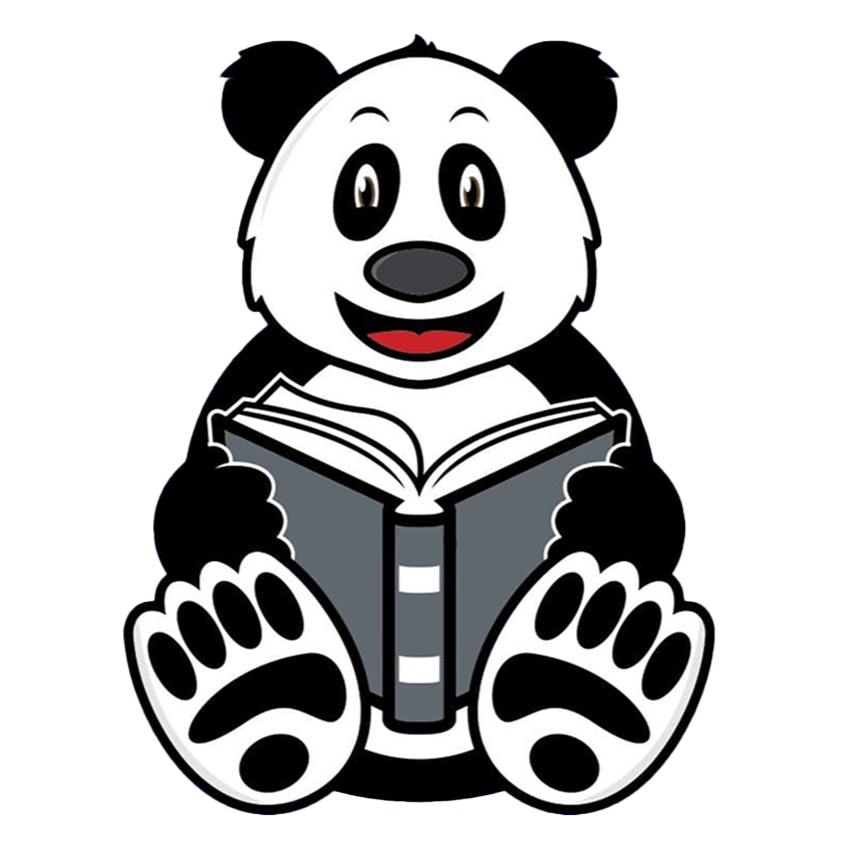
Skills Checklist
 Language Arts
Language Arts
 Mathematics
Mathematics
 Social Studies
Social Studies
 Science
Science
 Physical Education
Physical Education
 Art
Art
 Music
Music
 Character Development
Character Development
Language Arts Homeschool Curriculum Skills List | Secular Second Grade
Language arts activities have a social studies or science theme and incorporate reading, handwriting, and English skills. The activities provided during the year continue to drill phonics and blend these skills with sight word recognition to promote fluency and comprehension in reading and writing. The questions for discussion of literature stimulate higher-level thinking skills and incorporate new vocabulary words that become part of your child’s usable vocabulary. Practice worksheets to reinforce these concepts are included within the lessons.
Reading
- Review the sound or sounds for each letter in the alphabet.
- Review letter blends.
- Continue to develop left to right and top to bottom orientation.
- Recognize sight words.
- Read short and long vowel words.
- Learn r-modified vowel sounds.
- Read open and closed syllables.
- Recognize the accented syllable in a word.
- Identify the number of syllables in a word.
- Read orally with fluency and expression.
- Look at an illustration and tell a story about the illustration, using a variety of descriptive words.
- Identify and use words that rhyme, start, or end with the same sound.
- Use word recognition skills and strategies to read and comprehend text.
- Develop the ability to recognize and describe the main idea, setting, and characters in a story.
- Demonstrate evidence of literal and inferential comprehension.
- Use context as a clue to the meaning of a word or phrase.
- Sort and define words by category.
- Understand and recognize a synonym and antonym.
- Differentiate between common and proper nouns.
- Understand and recognize a homophone.
- Understand story sequence.
- Develop the ability to recognize the main idea of a story.
- Develop the ability to draw conclusions.
- Identify cause and effect relationships.
- Expand comprehension by analyzing, interpreting, and synthesizing information in text.
- Read to learn new information, perform a task, or for enjoyment.
- Understand literature written in a variety of genres.
- Identify differences between fiction and non-fiction.
- Determine fact and opinion.
- Identify true and false statements.
- Understand the moral of a story.
- Recognize figurative language: simile, metaphor, personification, onomatopoeia, hyperbole, alliteration.
- Recognize an idiom.
- Recognize a pun.
- Understand the meaning of popular sayings.
- Understand the lesson from a fable.
Spelling
- Apply spelling and phonics concepts through oral and written practice.
- Learn basic spelling rules.
- Recognize silent letters in words.
- Learn common silent-letter combinations.
- Understand and spell abbreviations and contractions.
- Add a suffix to a word.
- Add a prefix to a word.
- Identify base words.
- Decode and spell words by breaking them into syllables.
- Understand how to read and write compound words.
- Write words in alphabetical order based on the first three letters.
- Recognize and spell plural words.
- Correctly use guide words on a dictionary page.
Writing
- Write upper and lower case manuscript letters using proper spacing between letters.
- Understand that the names of people and places start with capital letters.
- Understand how to use a comma and quotation marks in writing.
- Correctly use a comma to separate items in a list.
- Use pronouns correctly.
- Use conjunctions correctly.
- Identify nouns and verbs; use correct subject-verb agreement.
- Understand how to write and use possessive nouns.
- Identify the adjective that describes the noun.
- Compare nouns using comparative and superlative adjectives.
- Understand that a sentence begins with a capital letter and ends with a punctuation mark.
- Recognize the difference between phrases and sentences.
- Identify and write sentence types: statement, question, exclamation, quotation.
- Write dictated words and sentences.
- Write sentences using suggested words or topics.
- Write a question that corresponds with a given statement.
- Make a story web to plan written work.
- Write a paragraph or story about a designated topic.
- Fill in missing words in sentences.
- Understand how to use proper punctuation in writing.
- Understand and use a writing process.
-
Write in a variety of forms for different audiences and purposes.
- journal
- fiction
- non-fiction
- poetry
- acrostic
- postcard
- research report
- friendly letter
- Write clearly and effectively.
- Use a cipher to write a coded message.
- Describe people, places, things, and events with relevant details.
- Analyze and evaluate the effectiveness of written work.
- Use a graphic organizer to classify ideas.
- Write instructions in sequential order.
Communication
- Use listening and observation skills and strategies to gain understanding.
- Use communication skills and strategies to interact and work effectively with others.
- Write statements or questions for a story, card, or interview.
- Demonstrate the ability to express an opinion, or present ideas in a variety of situations.
- Use transitional words and phrases to connect ideas.
- Use effective vocabulary and logical organization to relate or summarize ideas.
- Retell a story.
- Participate in dramatic play.
- Recite and memorize poems.
- Follow a set of multi-step directions.
- Describe the location of one object relative to another object using prepositional words.
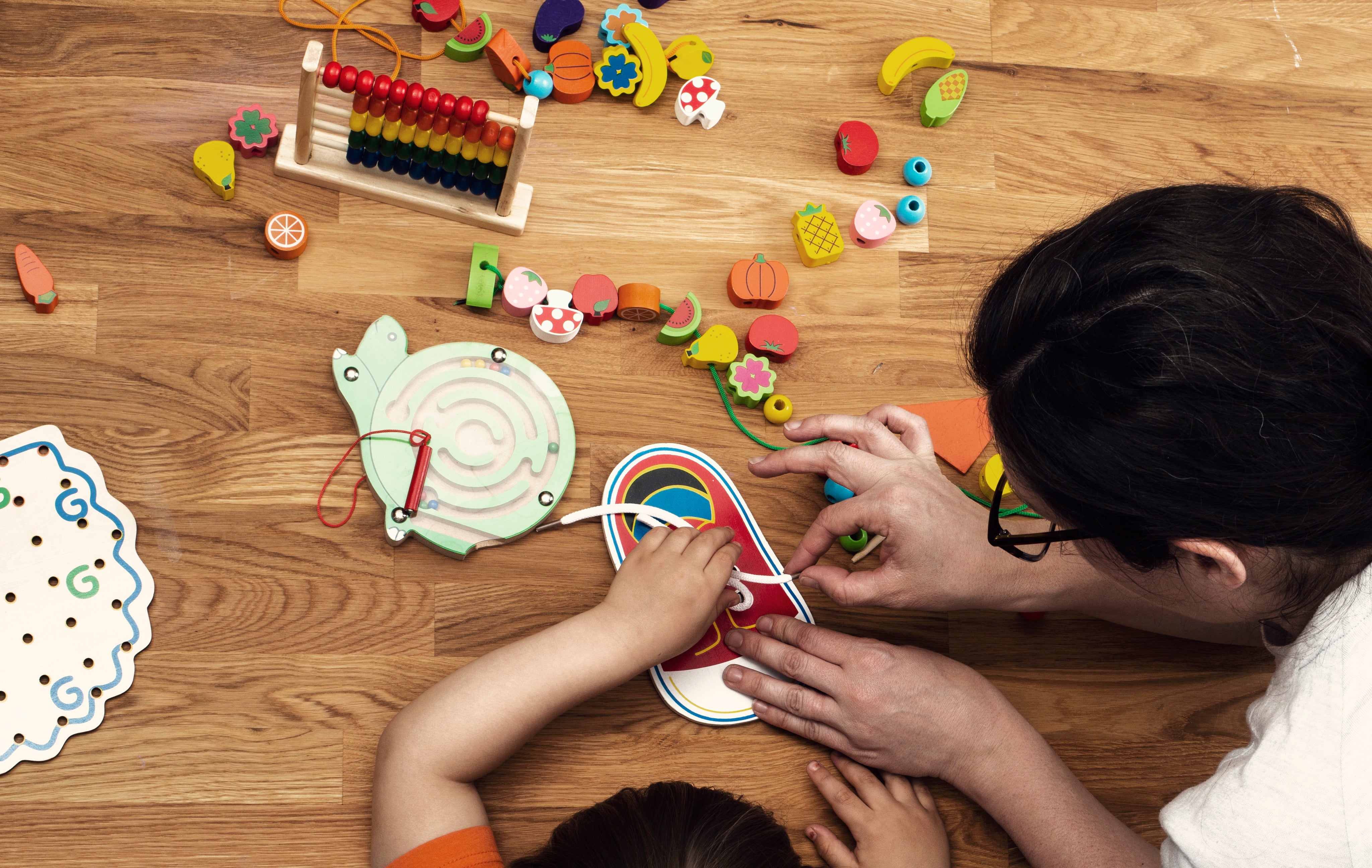
What Makes Our Curriculum Stand Out?
We are proud to offer an all-in-one solution! No need to piece together resources from different places. Our curriculum provides fully-planned lessons that cover all subjects, ensuring a well-rounded education. It also includes step-by-step instructions for teaching your child!

